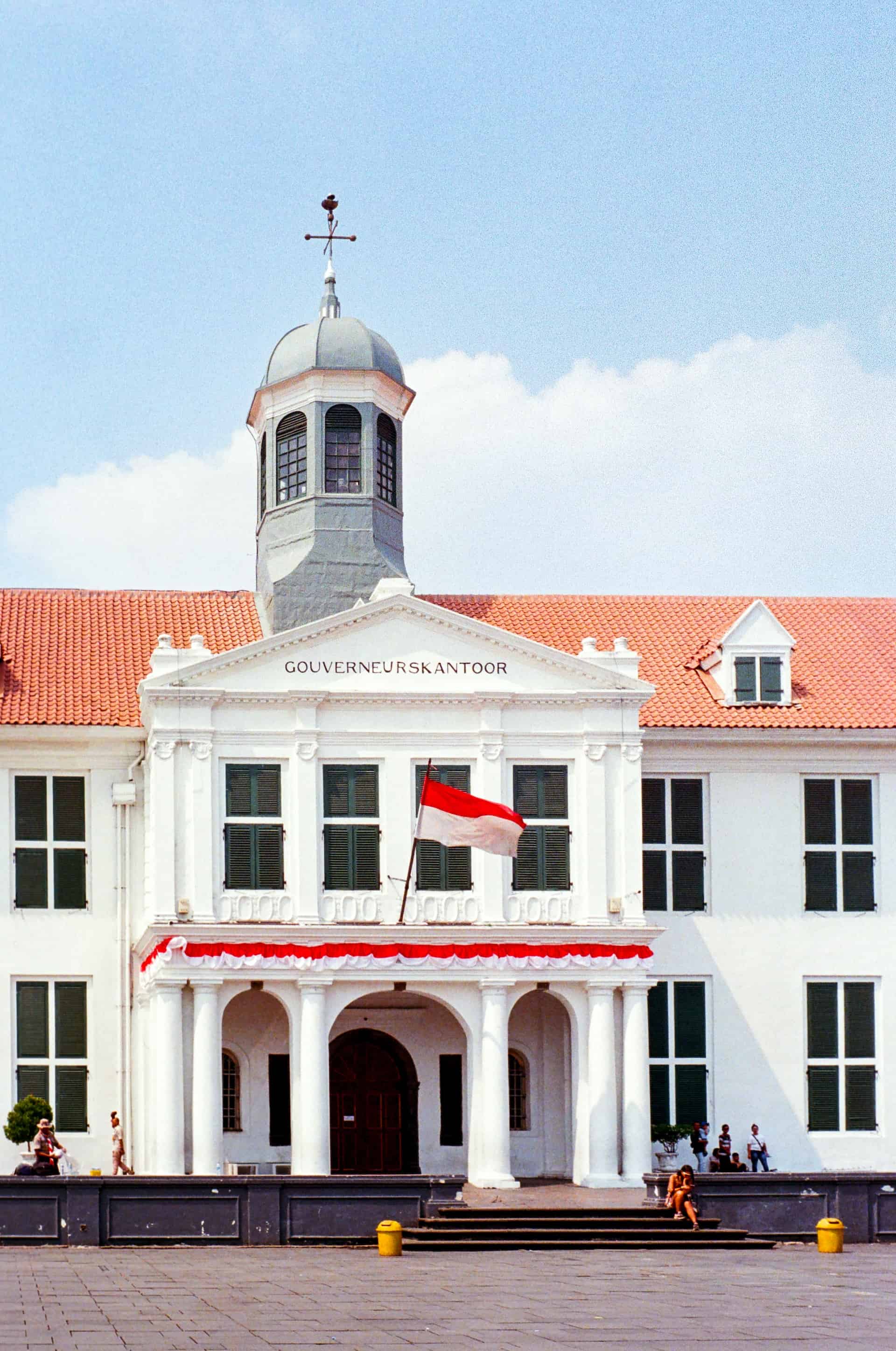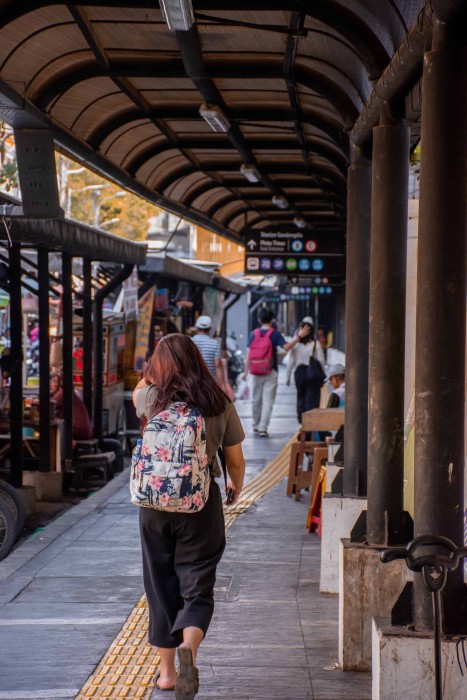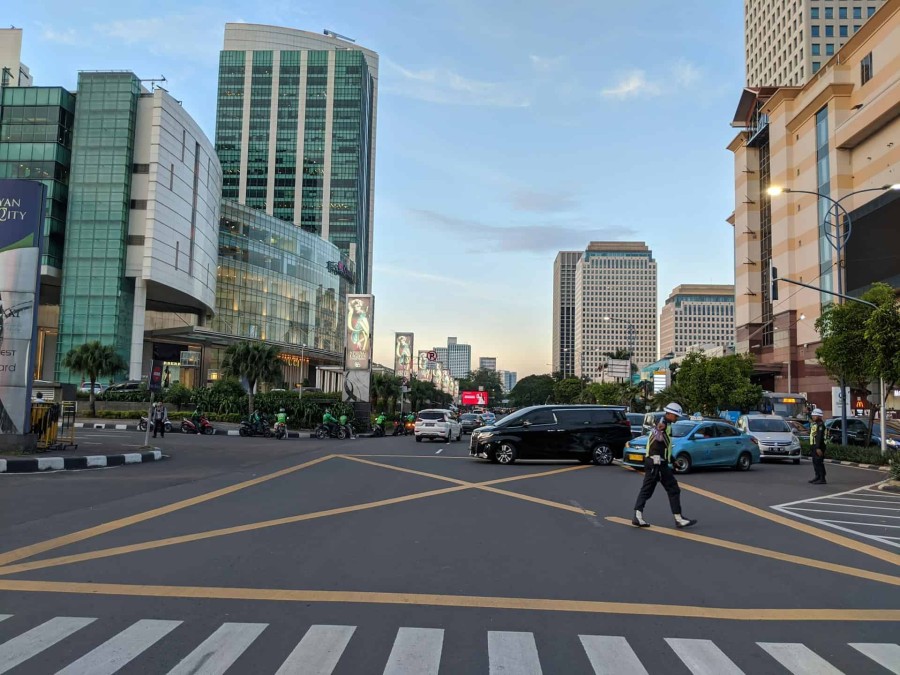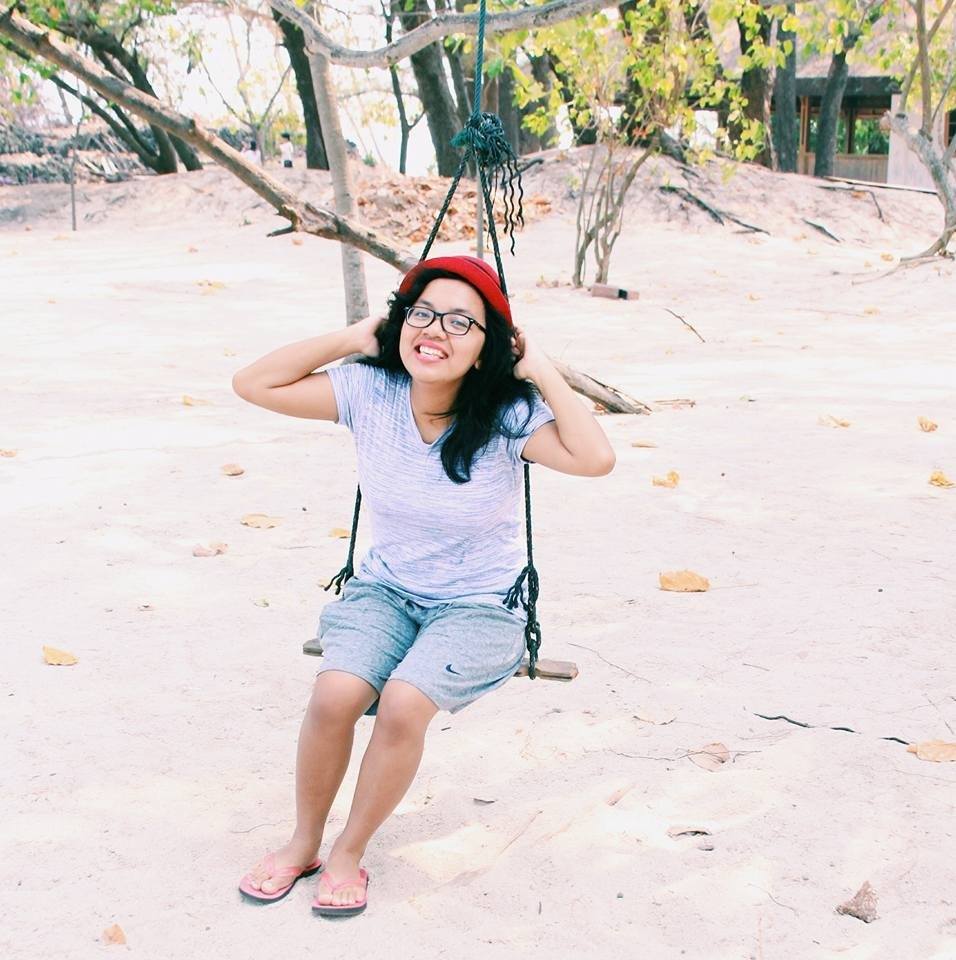
"Learn about Jakarta's history by visiting these 5 places..."
Jakarta was previously named Batavia under Dutch colonial rule, where the city temporarily served as the capital of the Dutch East Indies and was centered in Kota Tua, which translates to Old Town. Several of the old buildings still stand today and remain in use in the area, which has been transformed into a historical center complete with museums and other tourist attractions.

Photo by Rafael Atantya on Unsplash
Kampung Tugu sits in the Koja subdistrict in North Jakarta. The area refers to the history that stems from 300 years ago when the country was still under Dutch rule. A community called the Mardijkers, who were Portuguese descendants, were sent by the Dutch as slaves to Batavia, present-day Jakarta.
The Jatinegara area was once called Mester Cornelis during the Dutch Indies era. In the past, there was the Dutch Fortress Mester Cornelis, which served to oversee access to Buitenzorg (Bogor).

Photo by Ilmie Yuntafau on Unsplash
Compared to other aforementioned locations, Blok M is a relatively newer area. It was first prepared by the Dutch East Indies as a new settlement area called Kebayoran Ilir, which stretched from Blok A to S, with Centrale Stichting Wederopbouw (CSW) overseeing the development of the area. Blok M became a popular area among the youth in Jakarta during the 1980s and 1990s.
This area was once called Weltevreden during the Dutch Indies era. Weltevreden refers to almost the entire area of Central Jakarta, including the National Monument (Monas), Gambir, Tanah Abang, and Lapangan Banteng.













